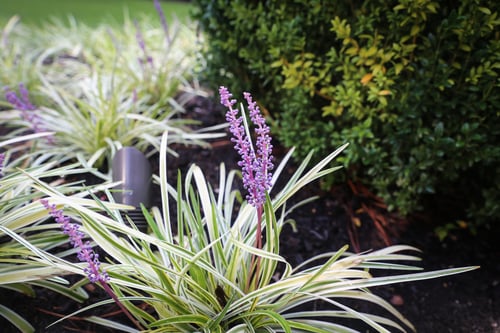While gardening continues to be a trend of the 21st century we want to ensure that you’re successful in this season’s planting efforts.
Ensure this success by taking note of last year’s gardening season and its successes and failures.
Are you not sure what you should be looking for in regards to successes and failures? Take a look at our 5 reflections from last year’s spring planting to get a head start.
Soil Test and Prep
A plant is only as good as the soil it’s growing in. Why? Plants require nutrients to continue to grow. Where do they receive these nutrients? In the soil that they’re planted in.
Begin your spring planting by getting a soil test to reveal levels of nitrogen, pH, phosphorus, potassium and soluble salts in your soil. Look for these easy, DIY tests at your local gardening store.

Plant Selection
Once your soil has been tested and prepped for a successful foundation to your spring planting, turn to your plant selection.
Different plants require different amounts of nutrients. Take a look at begonias, impatiens and petunias, three summer annuals for the Mid-South, and see how each should be cared for in different ways.
- Begonias – There are two different types of begonias, bronze leaf and green leaf. Bronze leaf begonias require more sunlight than green leaf begonias.
- Impatiens – Impatiens require partial sun and regular water as the plant will lose their leaves without it. Keep in mind that if this flower is located in a container plant it will need more water.
- Petunias – Petunias require full sunlight, fertilizer monthly and, because this flower is tolerant of heat, water once a week to ensure successful growth.
Keep these care instructions, as well as others, in mind when choosing your own plants for this spring.
Are you looking for plants that require less maintenance? Consider adding native plants to your landscape.
Sun v. Shade
A plant’s nutrients aren’t only provided by its soil but by the amount of sunlight and shade it receives as well.
Once your plants have been selected and brought home chose a planting location that receives at least six hours of sun each day. Are you not sure if the ideal spot in your backyard receives this amount of sunlight? Spend a day in this spot and pay attention to how the sun moves across the space.

Drainage and Irrigation
When choosing a spot to plant this spring don’t only pay attention to the amount of sunlight and shade that that location receives but to the amount of drainage in your yard as well.
You will want to make sure that, when it rains, all water doesn’t run into your new garden to stay. This amount of excessive water can be accompanied by unwanted fertilizer which, in turn, can harm your plants. Pay attention to the drainage in yard and, if needed, invest in irrigation to resolve this issue before it even begins.
To learn ways to solve your yard drainage issues, read our blog.
Water Requirements
Soil health. Sunlight and shade. Water. These are the three ways in which a plant can receive the nutrients required for a long and healthy life span.
Take a weekend to find out how much water your potted plants actually require. Water your plants on a Saturday morning, let them drain for at least 30 minutes and weigh them. Come back on Sunday morning, 24 hours later, and weigh your potted plants again. The difference in weight is the amount of water that your plants require.

Yes, gardening continues to thrive as a hobby in the 21st century but we also want it to be a successful one. In other words, don’t you want to witness the curb appeal of planting spring flowers all season long? Don’t you want to taste the real food you’ve grown in your vegetable garden for as long as possible?
Ensure that this happens by both taking note of our 5 reflections for last year’s spring planting as well as making a list of your own.

